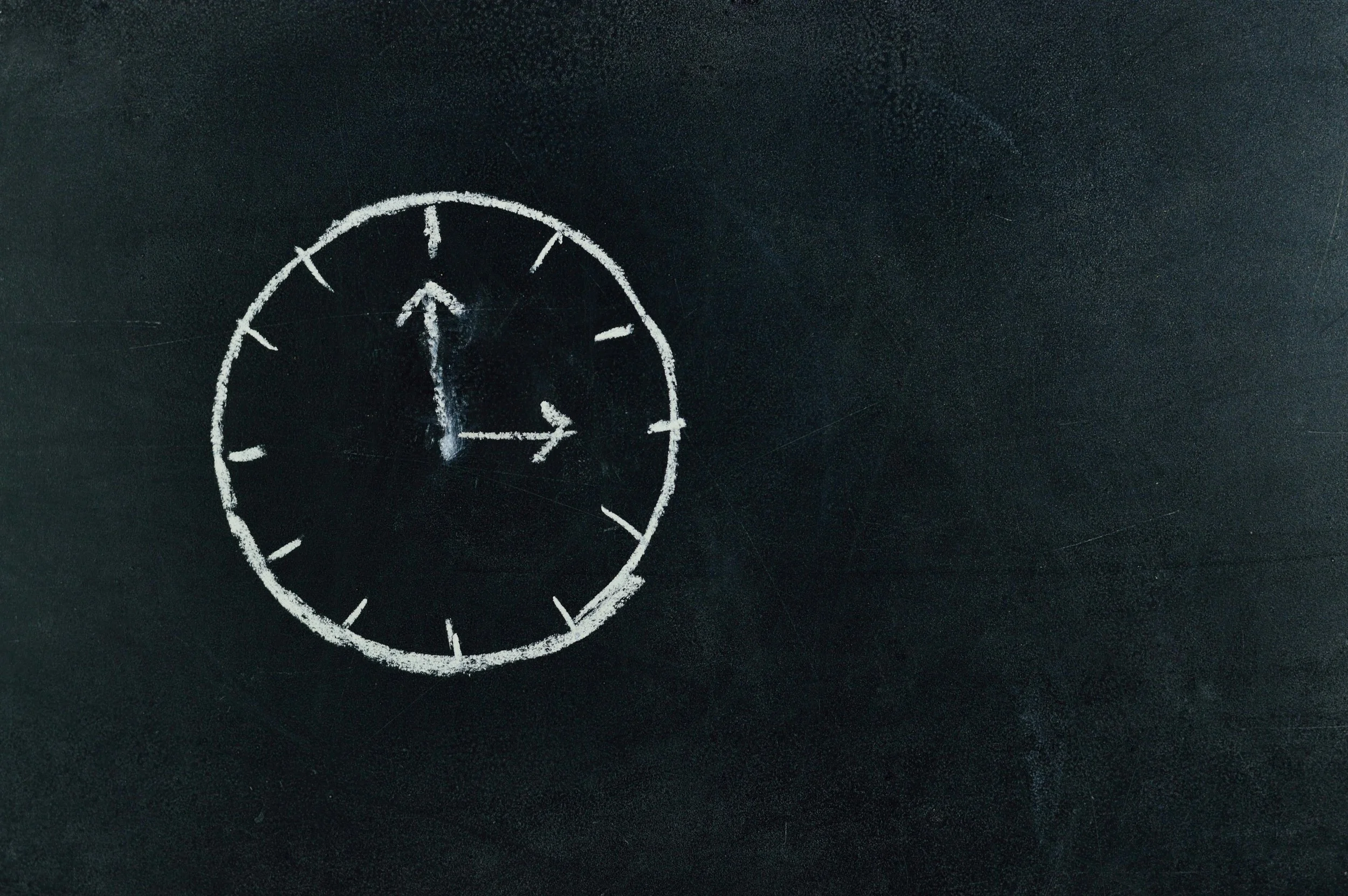The Timing of Therapy: Finding the Right Moment for Your Child
When is a good time for therapy?
That’s a big question - and not a straightforward one. Many factors influence the answer. For adults, it might feel simpler: we may recognise patterns we want to change, behaviours we’d like to manage differently, or simply know we’re ready to process some unresolved experiences. For children, however, this kind of self-awareness is rare. They may never be able to say, “I need therapy now.” So how can therapy feel like something that is offered to them, rather than forced upon them?
One of the unique strengths of creative and play-based therapies is their use of metaphor. Through play, children can safely project difficult experiences and feelings onto characters, objects, or stories. This distance allows them to explore and process emotions without the pressure of speaking directly about their own lives. Therapy in this form doesn’t require words - it offers children the freedom to engage in ways that feel safe, natural, and often unconscious. An attuned therapist follows their lead, using creativity and metaphor to help them move through challenges without the process feeling intrusive.
These therapies are also relational at their core. Much of the early work is about building trust. For many children, especially those with histories of trauma or attachment difficulties, simply meeting a new adult and being asked to “talk about their problems” is overwhelming. Starting from a child-led place allows the relationship to grow at the child’s pace. Over time, if the child feels secure, the therapist may introduce more structured or directive techniques to gently expand the child’s window of tolerance. This process is careful, slow, and cannot be rushed.
Still, there are times when therapy may not be right. If a child consistently refuses to attend, disengages throughout sessions, or displays escalating behaviours linked to therapy, this resistance must be respected. Sometimes, these reactions signal that therapy feels unsafe or too overwhelming. In such cases, open conversations between the therapist, the child, and their caregivers are essential. Therapy must never retraumatise. That said, some resistance can also be a normal part of the process - it doesn’t always mean therapy should stop. The key is thoughtful reflection and collaboration to discern whether the timing is right.
Finally, it’s worth asking: why disturb stability if things are currently settled? Trauma specialists such as Bessel van der Kolk, Bruce Perry, Dan Hughes, and Daniel Siegel highlight the importance of pacing. Revisiting painful experiences carefully and slowly allows them to lose their intensity and control over a person’s life. But doing this work before a child has the internal safety and external stability to manage it can be counterproductive.
So, when is a good time for therapy?
When the child has enough safety and stability to begin exploring difficult feelings without becoming overwhelmed. When the therapeutic relationship can be built at the child’s pace. And when the adults around them are ready to support the process with patience, consistency, and care. Therapy is not about forcing readiness - it’s about waiting for the right moment, then walking alongside the child at a pace they can manage.
Download PDF here

